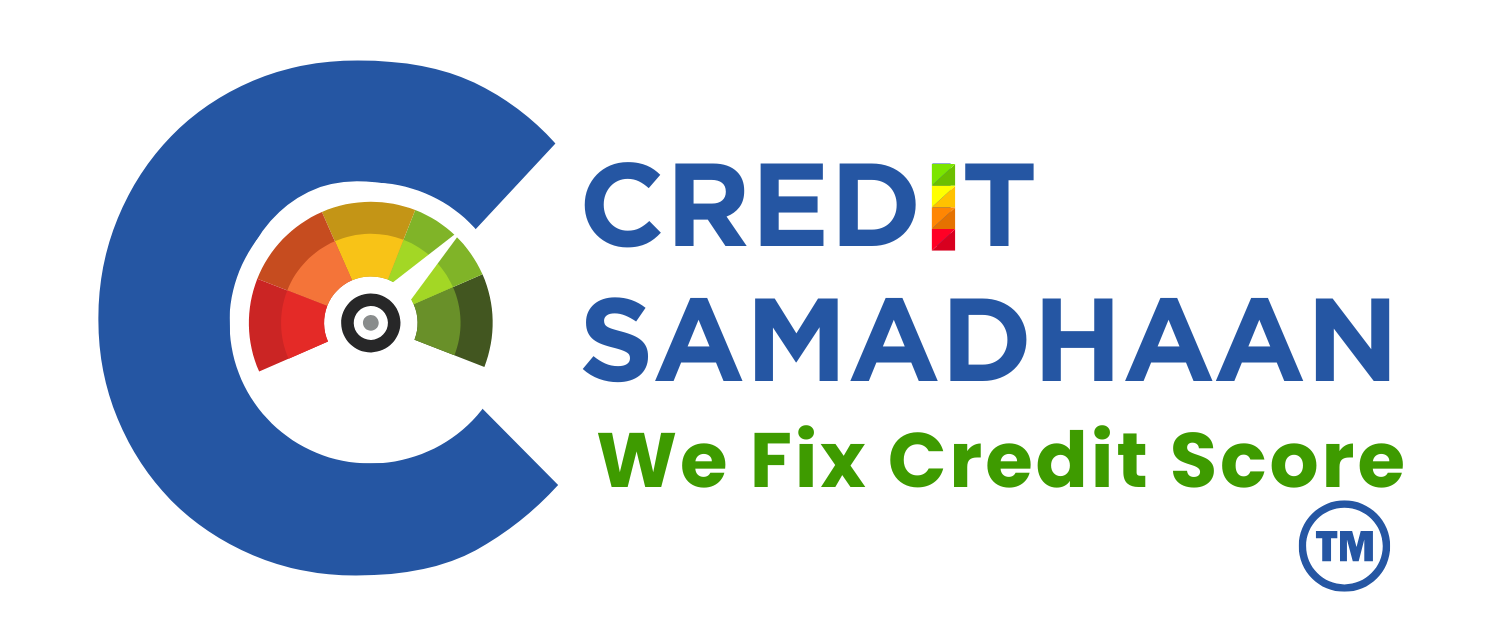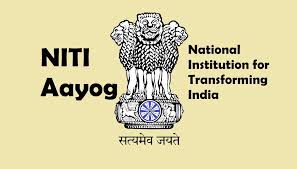RBI news today June 13, 2025 | The RBI is focused on digital equity. NITI Aayog is pushing for gender equity
June 13, 2025 | RBI news today
In a significant development on June 13, 2025, two transformative initiatives have emerged at the national level — one economic, and the other social. The Reserve Bank of India (RBI) has unveiled a new directive aimed at enhancing digital banking in rural areas through low-bandwidth solutions. Simultaneously, NITI Aayog, in collaboration with the Ministry of Women and Child Development, has launched a district-wise gender equality audit to address India’s declining performance on global gender indices.
RBI News Today: Banking for Bharat Goes Digital
In a bold push for financial inclusion, the RBI has asked banks and fintech companies to develop digital banking products specifically designed for feature phones and low-data connectivity areas. This move is expected to bring millions of unbanked and underbanked rural Indians into the formal financial ecosystem.
With internet infrastructure still patchy in many parts of India, especially in tier-3 towns and villages, the RBI’s focus on low-bandwidth banking is both timely and essential. These lightweight platforms will work on 2G networks and basic devices, ensuring that digital banking is not just a privilege of the urban elite, but a right accessible to every citizen.
Additionally, the RBI has mandated that all such digital solutions must come with robust cybersecurity features, ensuring safe and secure banking experiences even for first-time digital users.
Driving the Financial Inclusion Index (FI-Index)
This development is closely tied to the RBI’s ongoing efforts to improve the Financial Inclusion Index (FI-Index), which measures access to banking, insurance, credit, and pension services across India. As of March 2024, the FI-Index stood at 64.2, a decent figure but still short of the national goal. With this new initiative, the RBI aims to push the score significantly higher by FY2026, thereby creating a more inclusive and digitally empowered economy.
NITI Aayog’s Gender Equality Mission: SDG 5 in Focus
While the RBI addresses economic inclusivity, NITI Aayog is turning the spotlight on gender equity. In collaboration with the Ministry of Women and Child Development, NITI Aayog has launched a district-level audit of India’s performance on Sustainable Development Goal 5 (SDG 5) — Gender Equality and Women’s Empowerment.
This initiative follows India’s slip in the World Economic Forum’s Global Gender Gap Report 2025, where the country dropped two spots to rank 131 out of 148 countries, with a concerning gender parity score of 64.1. The report cites stagnation in women’s participation in the workforce, political leadership, and access to healthcare and education as key reasons for the decline.
SDG 5: What It Measures
Sustainable Development Goal 5 includes six core indicators that reflect a nation’s commitment to gender equality:
-
Ending all forms of discrimination against women and girls.
-
Eliminating violence in public and private spheres, including trafficking and sexual exploitation.
-
Eradicating harmful practices such as child marriage and female genital mutilation.
-
Recognizing unpaid care and domestic work, and promoting shared responsibility.
-
Ensuring universal access to reproductive health and rights.
-
Enhancing women’s full participation and equal opportunities in political, economic, and public life.
India’s Performance: The Stark Reality
India’s national SDG India Index score for Goal 5 has stagnated at 48 since 2020-21, showing little to no improvement over the years. In the UN SDG Report 2024, India ranked 109 out of 166 countries, indicating a slow pace in meeting gender-related development targets.
NITI Aayog’s latest analysis reveals that 13 states and one union territory are performing below the national average in terms of gender equality. These include:
-
Odisha
-
Assam
-
Jharkhand
-
Bihar
-
Uttar Pradesh
-
Telangana
-
West Bengal
-
Haryana
-
Punjab
-
Madhya Pradesh
-
Tripura
-
Manipur
-
Chandigarh
These states are now under close observation, and targeted interventions will be planned based on district-level data.
Why These Developments Matter
Taken together, the RBI’s push for digital inclusion and NITI Aayog’s gender audit represent a holistic shift in India’s development strategy. While one addresses economic accessibility, the other tackles deep-rooted social inequities that have long held India back on global benchmarks.
-
The RBI is championing digital equity, enabling rural populations to access banking, credit, and government services without needing smartphones or broadband.
-
NITI Aayog is driving gender equity, making sure no woman or girl is left behind in India’s progress story.
Towards a More Inclusive India | RBI news today
These moves are not isolated. They reflect a broader national vision of creating an inclusive, connected, and empowered Bharat, where both economic access and social justice walk hand in hand.
As India marches toward its 2030 SDG goals and prepares to become a $5 trillion economy, such grassroots-level initiatives will play a critical role in bridging both the digital and gender divides.










